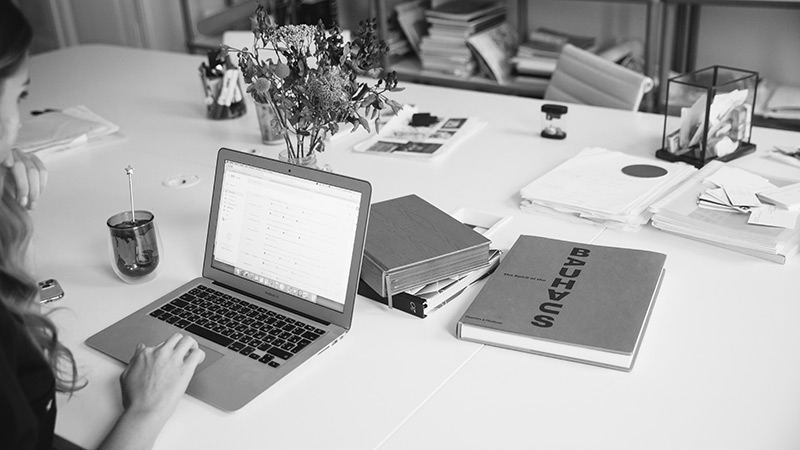
As coronavirus dominates the news, and governments make decisions about protecting our health and wellbeing, many companies are imposing travel bans and recommending a work from home policy.
Agile working models are becoming increasingly popular and, amidst this current health situation, I have been reflecting on the pros and cons of working from home and the journey that we have been on at @MakaraHealth, where we have been employing a largely remote-working set-up from the start.
It’s all about mindset
Having had many conversations over the years about agile working, my honest reflection is that it is quite simply down to mindset. If you want it to work, you can make it work. I feel just as connected to my talented team at Makara when I am working remotely, as when I am with them face-to-face. Here are my learnings from employing an agile working model:
1.Trust and empower people
Just because you can’t see your colleagues, co-workers or boss, does not mean you or they aren’t working! Presenteeism is hopefully becoming a thing of the past but, as working from home becomes more prevalent, we need to really think about our tone of voice when we talk about it. All too often ‘oh yes, they are working from home’ is delivered dismissively as if that person is less committed as a result of location. A culture of trust and empowerment is key to making the most of the benefits of working from home.
2. Stay connected and turn your video link on
You can be just as present while working remotely if you stay connected. Simply dialling into Zoom or WebEx meetings with your video link live so people can see you creates the next best thing to a face-to-face in-office meeting.
3. Make an effort
When working from home, you might not have that conversation in the corridor or at the coffee station but, with a little effort, structure and planning, you can have even more productive meetings. Set agendas, put shorter meetings into the diary (try 15 mins rather than 30), make the most of the amazing technology we all have access to. Agree how working from home will work best for your team and make an effort to stay in touch. For many, having the social interaction is a key part of their daily routine, so make it happen.
4. Take regular breaks
Without the distraction of an office environment, productivity can often be higher. However, taking regular breaks is just as important. It’s easy just to stay at your computer all day when you are working from home so try setting yourself reminders in your diary to take short breaks. If possible, get out at lunchtime, or work from different rooms in the house for a change of scenery. Finally, message or call co-workers to ensure you strike a balance – we’ve found that Slack helps us feel more connected as a team and it allows for the more informal catch ups we might otherwise miss.
5. Enjoy it!
Above all else, enjoy it. Working from home saves the commute and adds back precious time into your day.
#agileworking #healthcarecomms #workfromhome #businessasusual #agilethinking #coronavirus

